Pining for Pigneto – a guide to the quarter’s coolest haunts
Once a popular and neglected neighborhood, home to racketeering, feared by the “Roma bene”, and yet beloved by the famous Italian writer and director Pierpaolo Pasolini, “Il Pigneto” has become the gentrified jewel in the crown of the alternative Roman scene after an intense process of urban regeneration.
A Little History of Rome’s Pigneto neighborhood:
When you were young did mamma ever tell you not to cross the tracks? Well, she would be correct, except when it comes to Rome. While the fanfare of Piazza di Spagna and the Pantheon may initially hold true, something a little more unique brims on the other side of the tracks: Rome’s coolest patch of splendour, Pigneto.
The neighborhood’s name literally translates as “the pinewood”, pointing to the rows of tall pines that would once surround Villa Serventi, a historical villa in the area. Il Pigneto’s triangle-shaped perimeter coincides with Via Prenestina, Via Casilina, and Via dell’Acqua Bullicante. The neighborhood is also subdivided in three sections, of which the squares, streets, and alleys are dedicated to Italian cities, famous commanders, or geographers.
Until the 1870s this area was only occupied by some private villas and farmland. But at the end of the 1800s, today’s area of Pigneto saw the birth of a series of small spontaneous and unorganized settlements, and the subsequent development of different industrial complexes in the 1900s. Il Pigneto, did, in fact, become home to a diverse population of industrial workers.
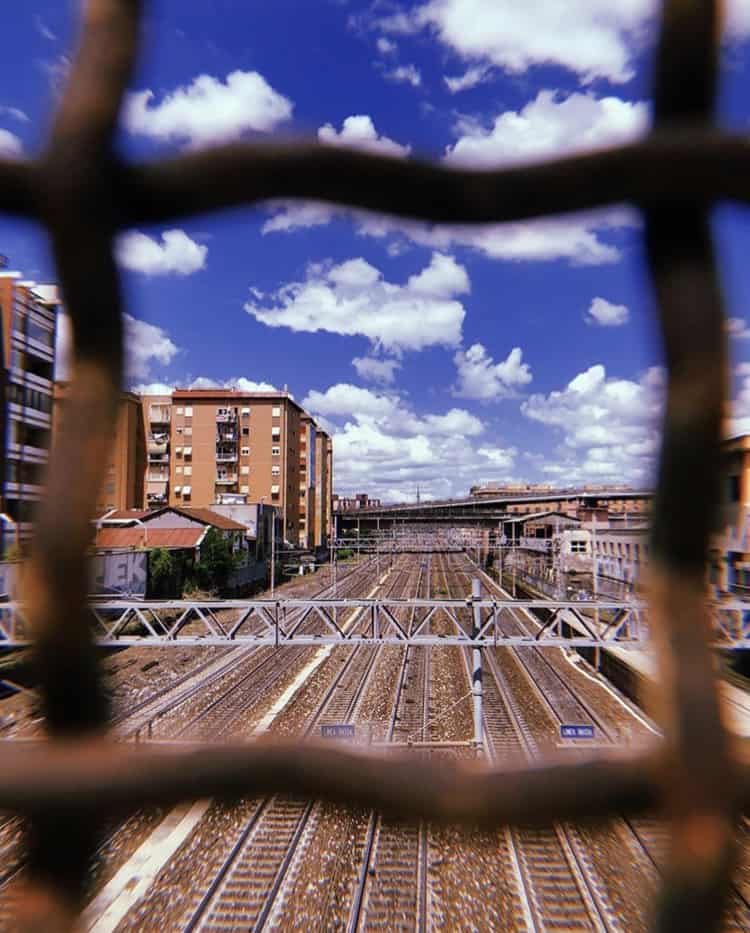
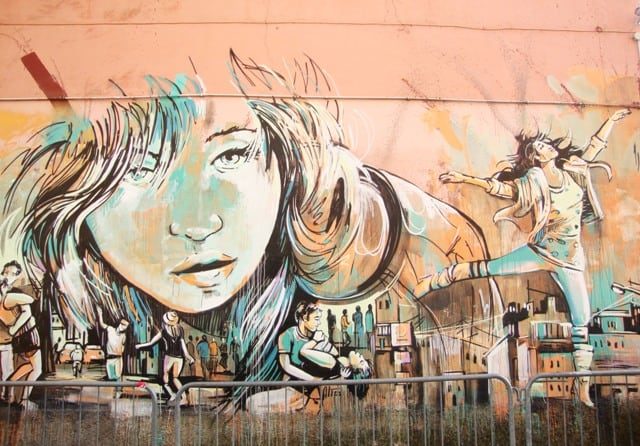
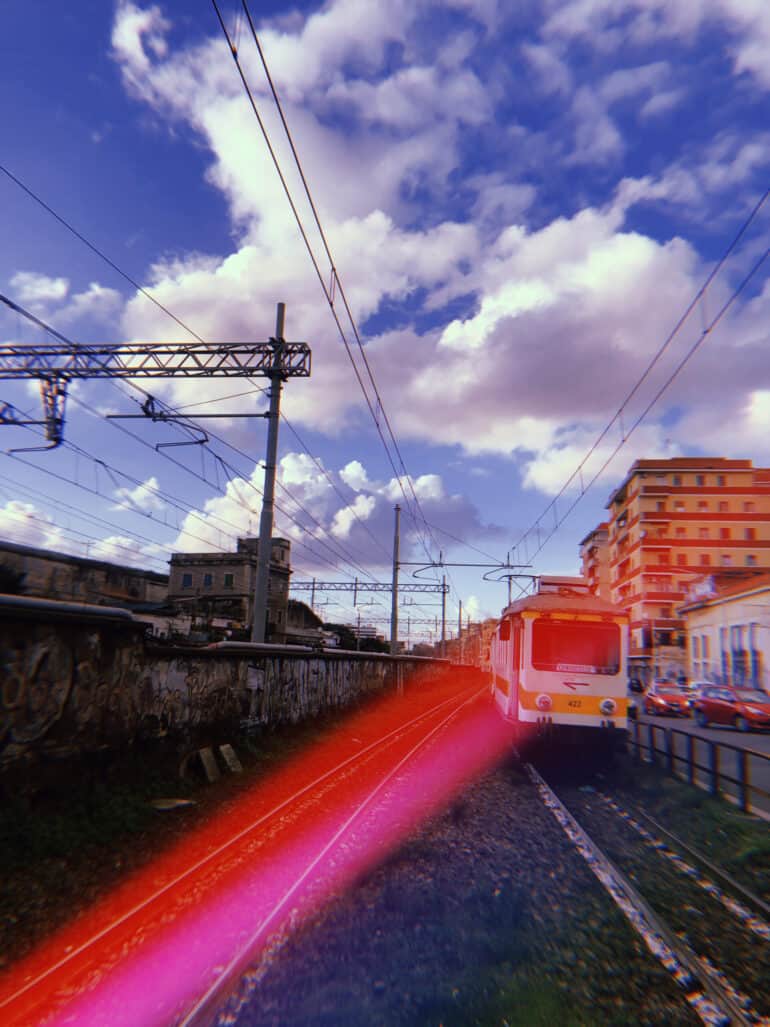

Between the 1920s and 1940s, the area saw the construction of numerous buildings, all in different styles. In fact, Pigneto is characterized by an interesting architectural inhomogeneity, ranging from liberty, baroque, and eclectic. In those same years, some privates built Pigneto’s typical low and colorful houses that you will see scattered around the neighborhood, which do not look like anything else you’ll see around the city.
Some say that to walk around Pigneto doesn’t feel like walking around Rome. The architectural diversity, the alternative shops, vintage stores, diverse bars and restaurants give a new, different feel to the city as a whole. And the population of this neighborhood is incredibly diverse, too–from Pigneto’s historical inhabitants, to young University students and immigrants.
There are numerous “atypical”, and alternative things to find out in Pigneto. You can read a book from the Anarchic Library’s L’Idea’s collection in Via Braccio da Montone 71/A. Or you can take a walk in Pigneto’s alleys, and admire the incredible street art that color the area. You can walk under the aqueducts, or you can engage in some fun industrial archeology, by visiting the social center ExSnia and its artificial lake. Or better yet, why don’t you take part in a latte art experience and Italian coffee tasting in some of the best bars in the neighborhood?
After you’re done with you walking around, check out our top picks on some places where to eat, grab a drink, and have a nice night out.



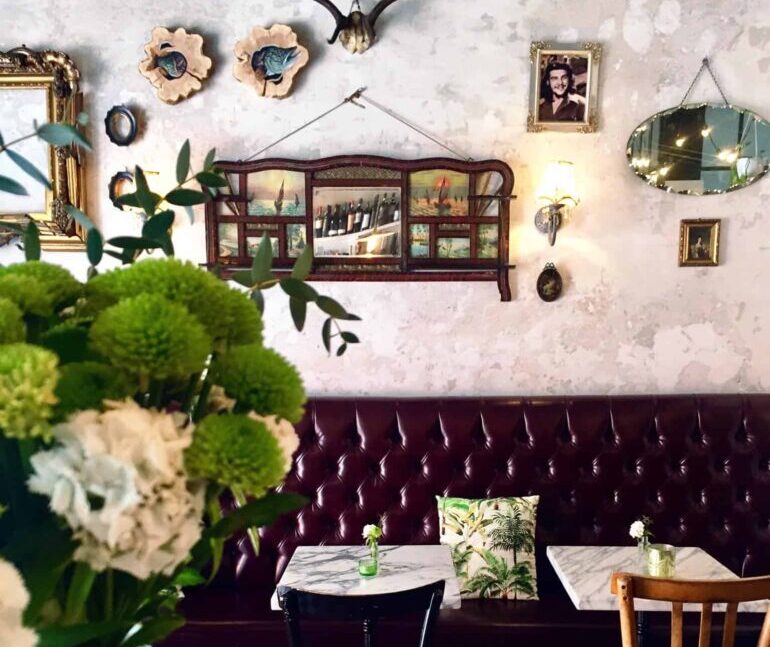
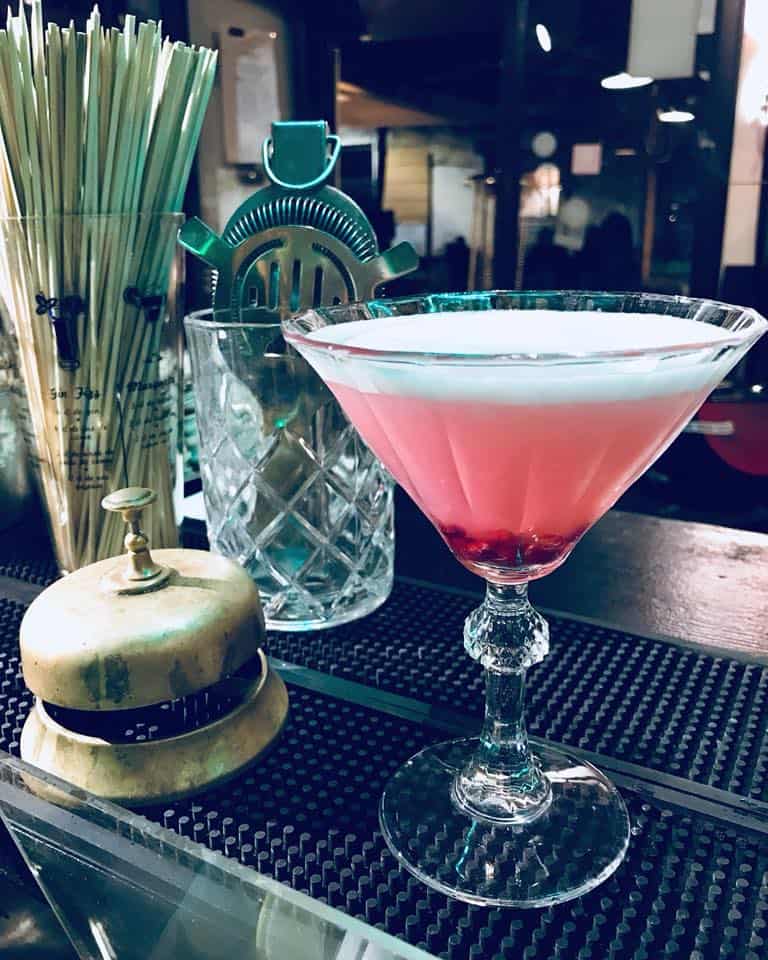




thank you for the site
🙂
Very useful tips, thank you !
Thank you for the guide, very interesting reading, sadly “Dal Verme” and “Primo” are now closed 🙁
If you are looking for GLUTEN-FREE Resources in the Pigneto District you may find some useful informations in this list I link, feel free to share 😀
http://www.ogluapartments.com/en/gluten-free-on-holiday-has-never-been-so-simple/rome/pigneto-district/